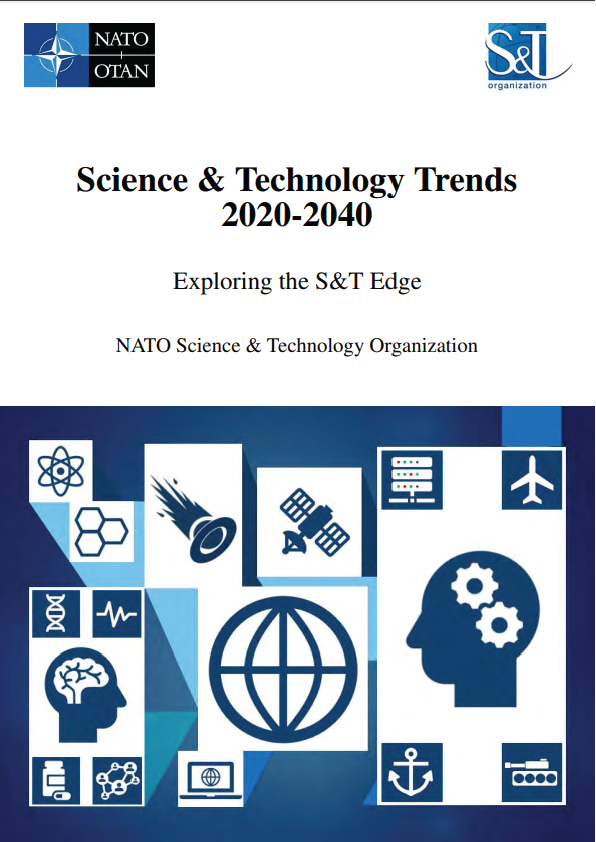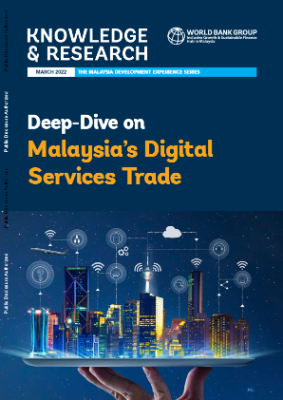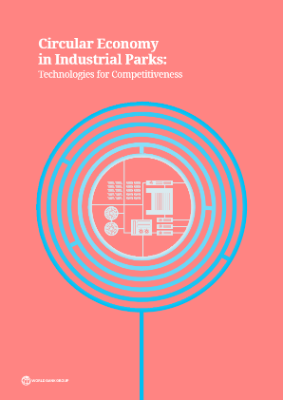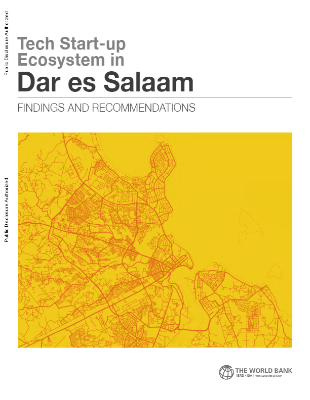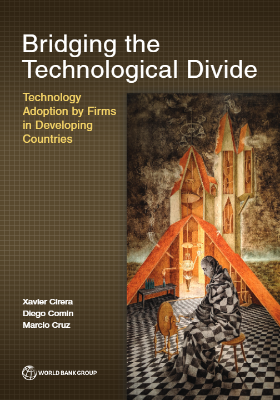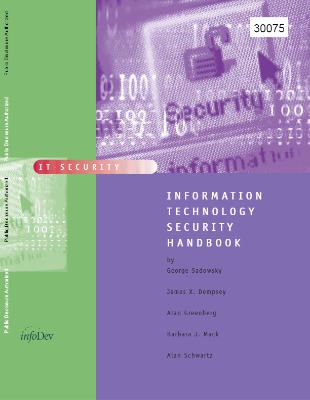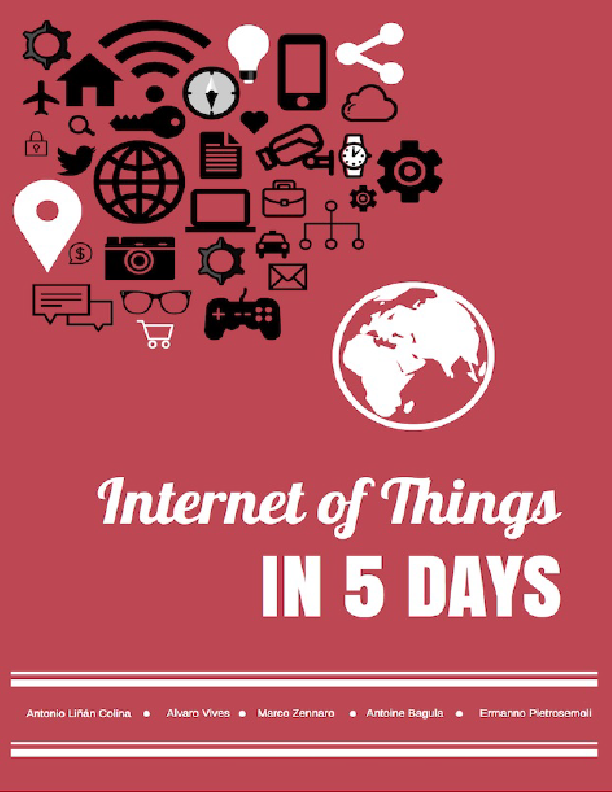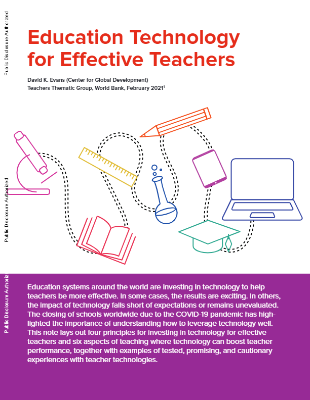Introduction
NATO, as an alliance of like-minded countries, strives for peace, security, and stability across the Euro- Atlantic area. It continues to provide the essential framework for defence and security collaboration across the operational spectrum, be it collective defence, crisis management or cooperative security. But today’s NATO faces a dangerous, unpredictable, and fluid security environment, with existential challenges and threats from all strategic directions including state and non-state actors; near-peer military forces; cyber threats; space; terrorism; hybrid warfare; and, information operations.
NATO is the most successful alliance in history, preserving peace and stability around the world for an unprecedented seven decades. This success is built upon the military and political framework that NATO provides for consultation, collaboration, coordination, interoperability, effective deterrence and, ultimately, united action. A key enabler of this accomplishment has been the NATO S&T community (the original NATO innovation engine), which has provided NATO with the intellectual and technological edge needed to ensure Alliance success across the operational and diplomatic spectrum.
Building an alliance capable of reacting to current and future needs over a broad range of potential operations requires a delicate balance between the needs of today and those of decades to come. Getting it right begins with a clear understanding of the S&T landscape, especially the enabling and destabilising role of emerging or disruptive technology (EDT). If NATO is to maintain the intellectual, technological, scientific and innovation edge that it has enjoyed over the preceding 70 years, it will need to fully understand these developments, their potential use and the operational and strategic implications. Further, it will need to creatively engage the entire alliance to adapt to the associated threats and opportunities, leveraging the unmatched financial and intellectual capital available.
Purpose
Science & Technology Trends (2020-2040) provides context for the work that will underpin the development of the EDT roadmap. The core objective is to increase the level of understanding within the Alliance of the potential for S&T developments to enhance or threaten Alliance military operations. As such, the report is an aide to decision-makers in considering:
- Why emerging and disruptive technologies (EDTs) will be important to future Alliance activities;
- How these EDTs may develop over time; and,
- What developments and potential consequences are expected for the alliance in the short, medium and long term. Anticipating the future security environment better than potential adversaries is one way in which the alliance has maintained a competitive advantage. S&T foresight is a critical aspect of this preparation. It does not attempt to predict the future in detail (a difficult task at best, and impossible at worst), instead it seeks to provide a context for anticipating the potential development and impact of technology on future Alliance operations.
Approach
This report aims to reach a wide audience, both inside and outside of NATO and its partners. We do so to stimulate a frank and open discussion as to potential opportunities and risks presented by technological developments over the next 20 years. As such, the report is based strictly on:
- Technology trends discussed in the open literature;
- A global perspective on technological progress;
- Logical reasoning informed by S&T expertise; and, Candidate S&T trends, as well as disruptive and emerging technologies, were identified using the following considerations:
- Are likely to be realised in a non-cost prohibitive manner within the next 20 years;
- Will present a significant challenge to Alliance forces (e.g. survivability, defence, C4ISR, etc.); and,
- Will significantly impact Alliance capability or planning decisions (i.e. decision making, countermeasures, etc.)
- Science & Technology Trends: 2020-2040 supersedes the STO Technology Trends (2017) report [10], but draws upon its foundations, insights and lessons learned. Further, the report exploits a broad range of open-source reports, internal assessments and futures studies to develop a comprehensive understanding of the future technology landscape. These sources include:
- Existing NATO S&T trend and future security environment studies, discussions and assessments;
- Technology watch activities conducted by the S&T Organisation, including existing Technology Watch Cards (TWC) (current as of Feb 2019) and Von Karmon Horizon Scans (vKHS);
- Meta-analyses and reviews of open source technology watch and futures research articles/reports, from defence, security and industry sources;
- NATO-sponsored EDT workshops and innovation system engagements; and,
- Alliance and partner EDT studies and research programs.
Overview
Within the following chapters, an analysis is presented of identified, and militarily relevant S&T trends which may impact NATO capability development and operational challenges over the upcoming 20 years (2020-2040). The approach and key data sources used to conduct this assessment are described in Appendix I.
The assessment is presented in three parts:
- An overview is provided of the general nature of S&T development. This synopsis includes a primer on S&T attention and readiness. Specific EDT areas are identified that are expected to significantly impact NATO over the period 2020-2040 (Chapter 2). These EDTs are presented separately, broadly considering the state and rate of development as well as the military implications. This overview is followed by consideration of critical potential synergies between EDTs, as it is in the overlap between these developments that significant disruptions will occur;
- The broad strategic context and drivers are outlined that will impact defence S&T development (Chapter 3); and,
- Separate appendices provide a more detailed exploration of each EDT, drawing heavily upon STO research and technology watch activities. This section also includes Conjecture Cards, short vignettes that describe the potential future application of these technologies. Earlier versions of these cards were used during workshops [14] conducted to support this analysis, and they are added to help contextualise the potential impact of these technologies.
An extensive list of useful references is provided in the bibliography at the end of this document. These are also used throughout the body of the text where appropriate. When using the Adobe PDF version of the report, clicking on a numbered reference will take the reader to the relevant entry in the bibliography. If desired and available, clicking on the provided URL (i.e. web-link) will provide an option for the reader to open the source reference directly for further study and exploration of the topic.
Are you interested in this topic? You can read through the book above.
